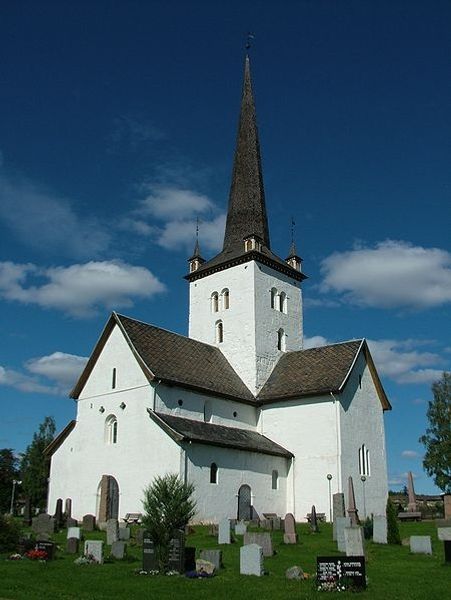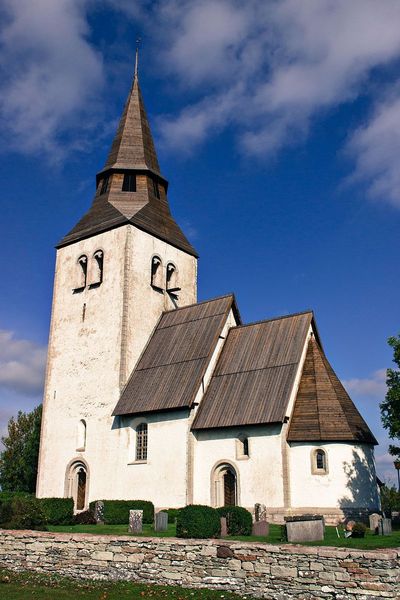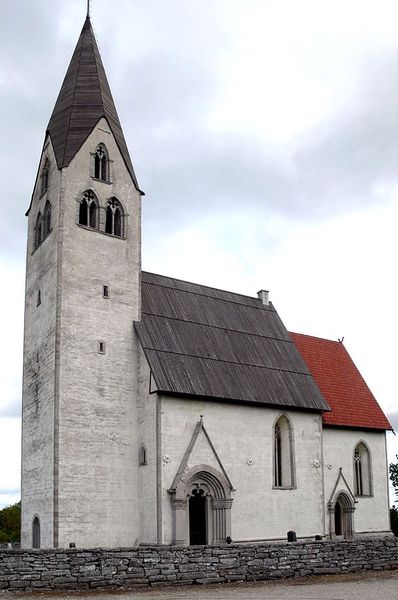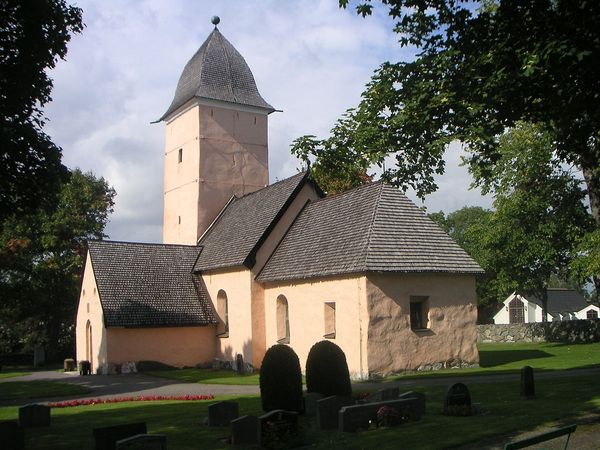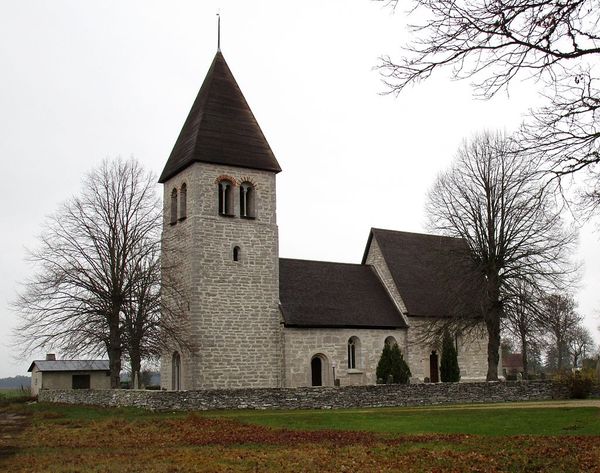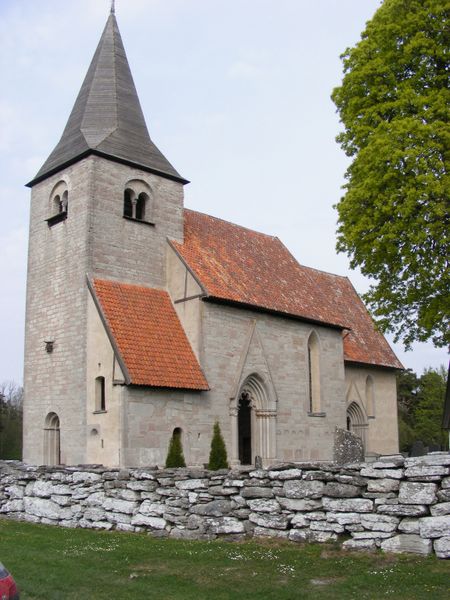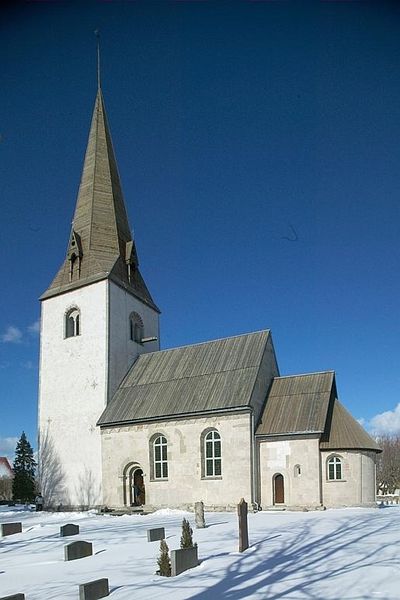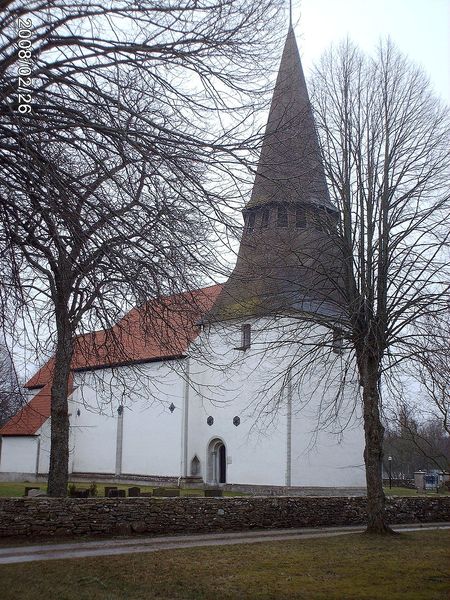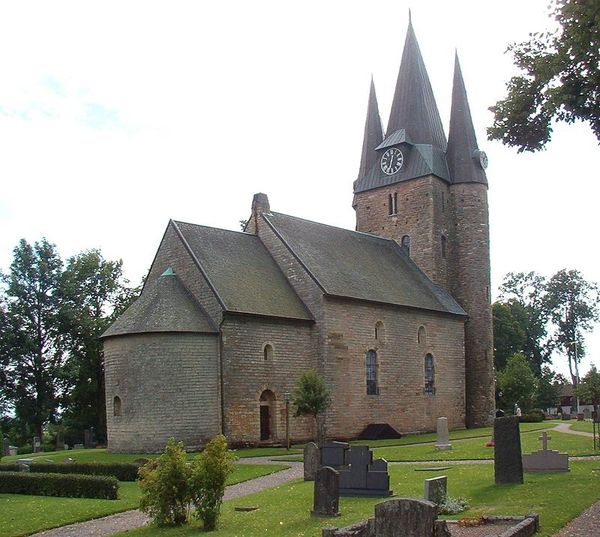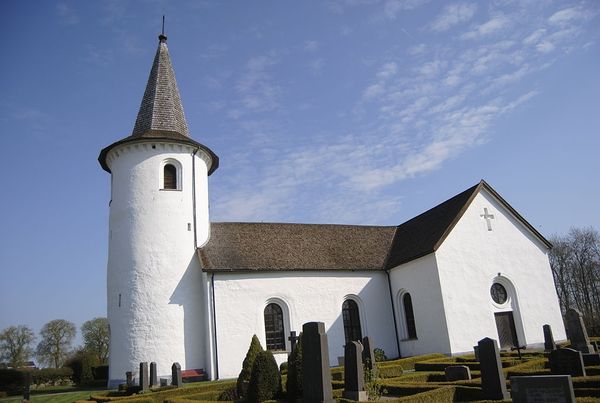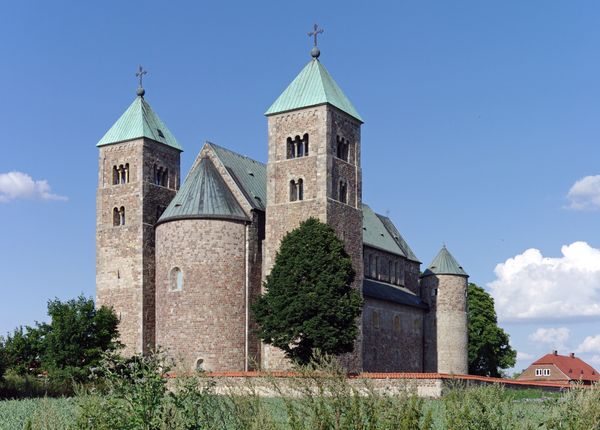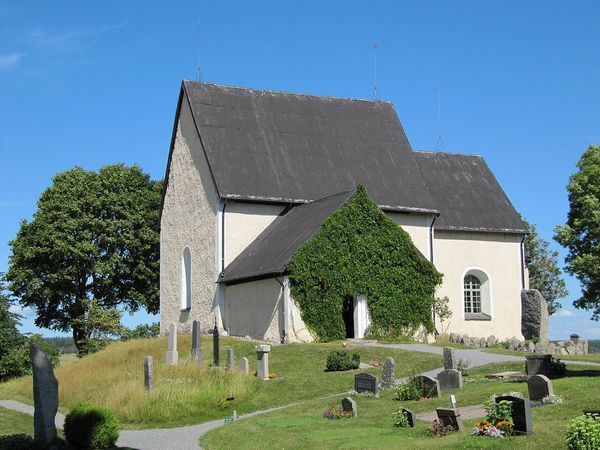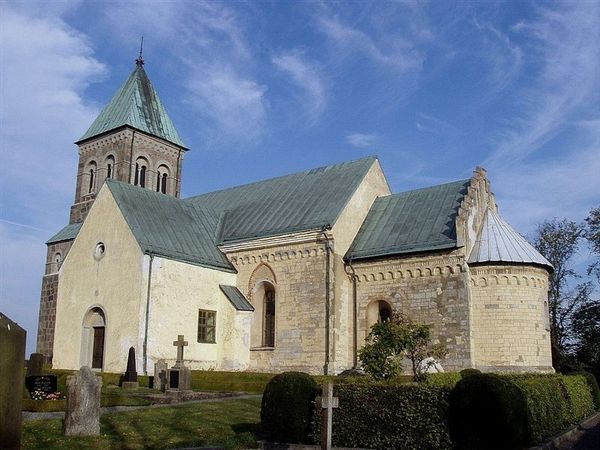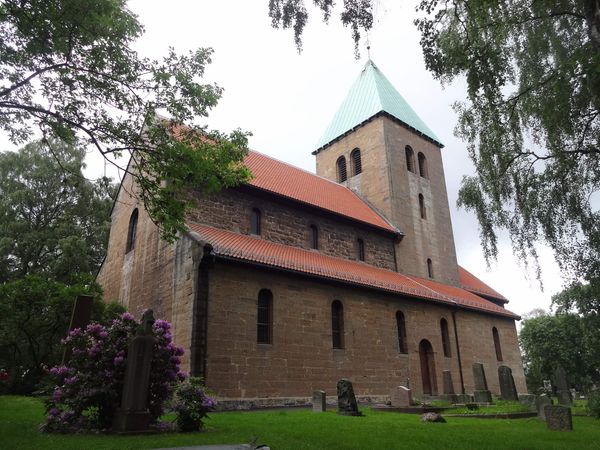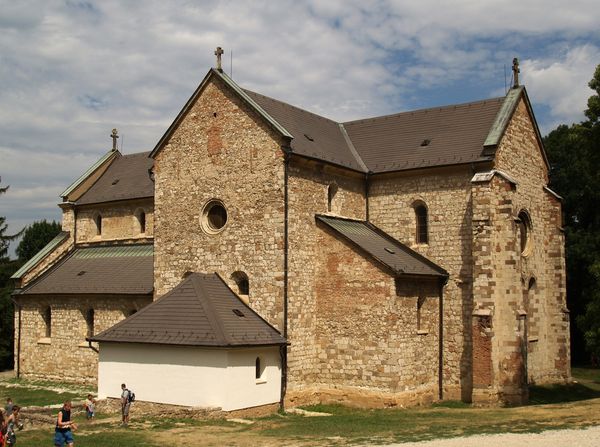
carving, plein-air, wood, architecture
#
architectural landscape
#
medieval
#
carving
#
plein-air
#
landscape
#
romanesque
#
arch
#
architecture
#
wood
#
cityscape
#
architecture
Copyright: Public domain
Norrlanda Church on Gotland, Sweden, stands as a Romanesque architectural achievement from around the 12th century, a period marked by significant shifts in religious and social structures. Churches of this era weren’t just places of worship. They were powerful statements of identity and control. Consider the weight of these stones, placed deliberately to convey permanence and divine authority. Built during a time when the Nordic region was transitioning to Christianity, the church became a focal point for solidifying a new religious order. The architecture uses its physical presence to impress upon the local population the dominance of Christian ideology. And yet, the building must have also served the local community; what would it have been like to attend mass here, sharing the space with generations of Gotlanders? The church’s enduring presence shapes our understanding of medieval life. It continues to resonate as a testament to both faith and the complex cultural exchanges that shaped the island of Gotland.
Comments
No comments
Be the first to comment and join the conversation on the ultimate creative platform.
